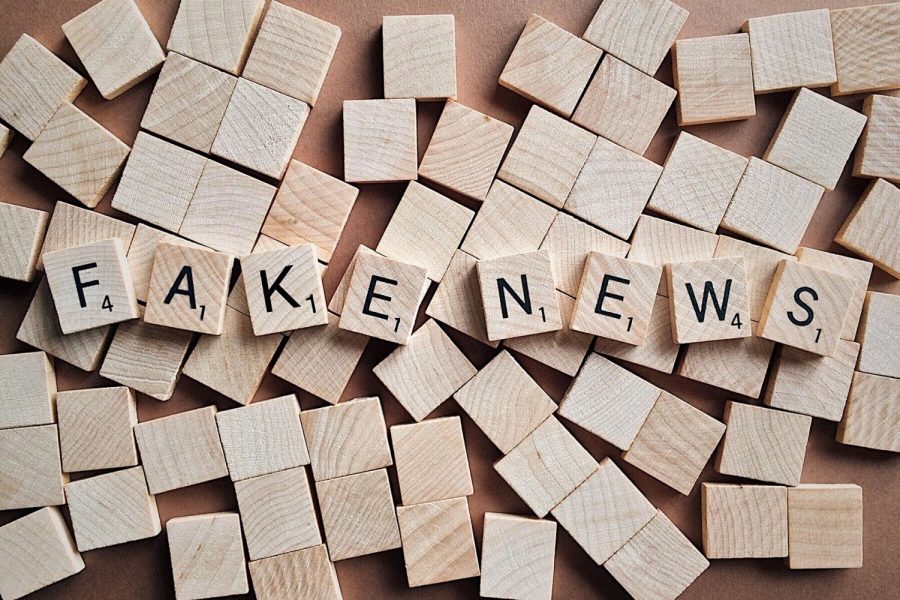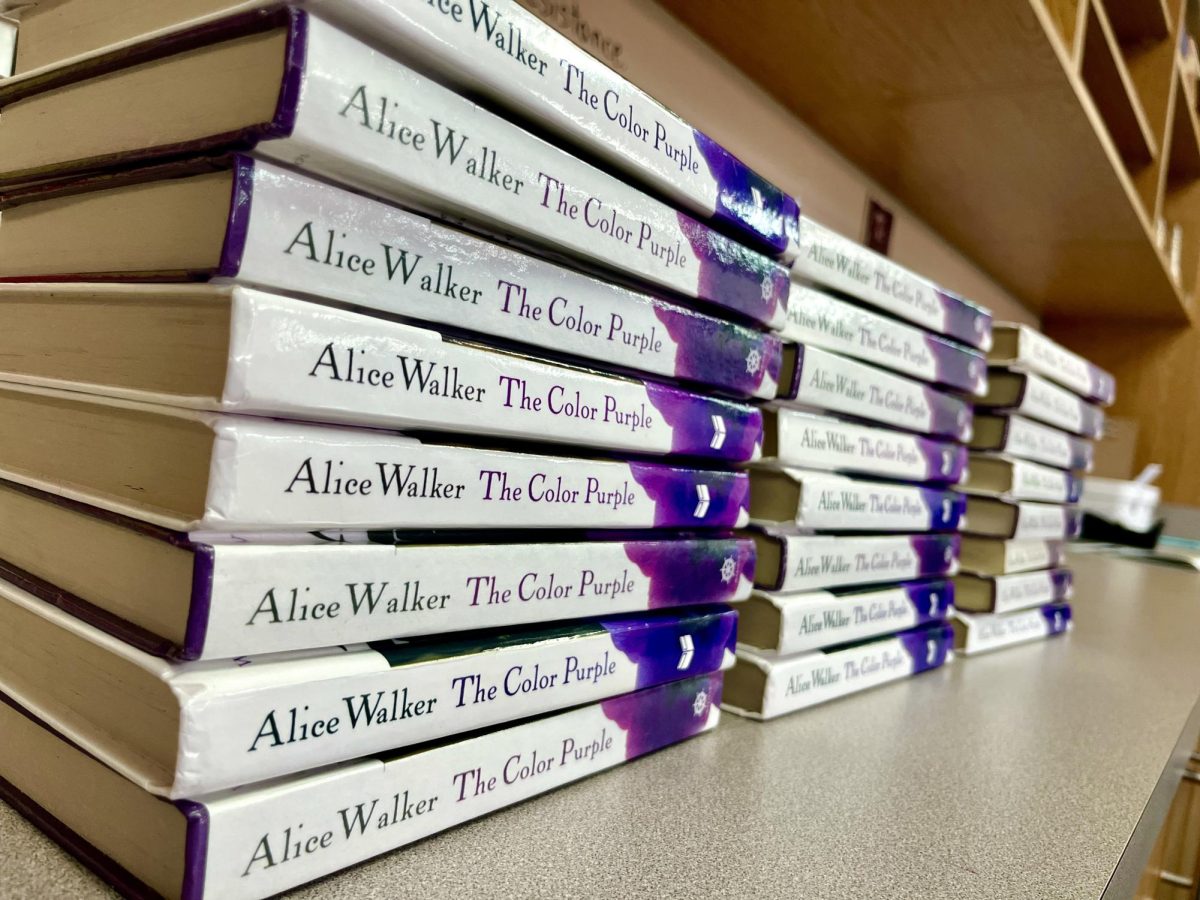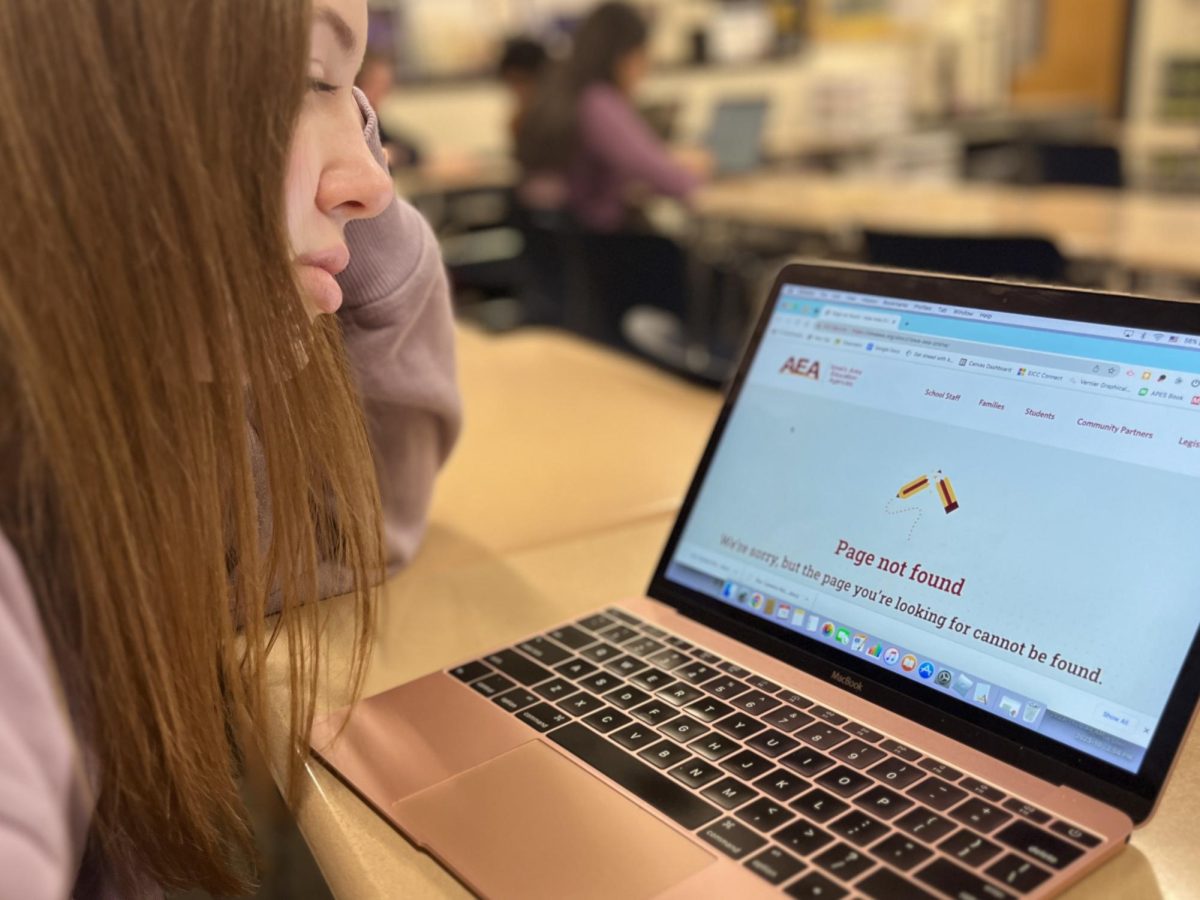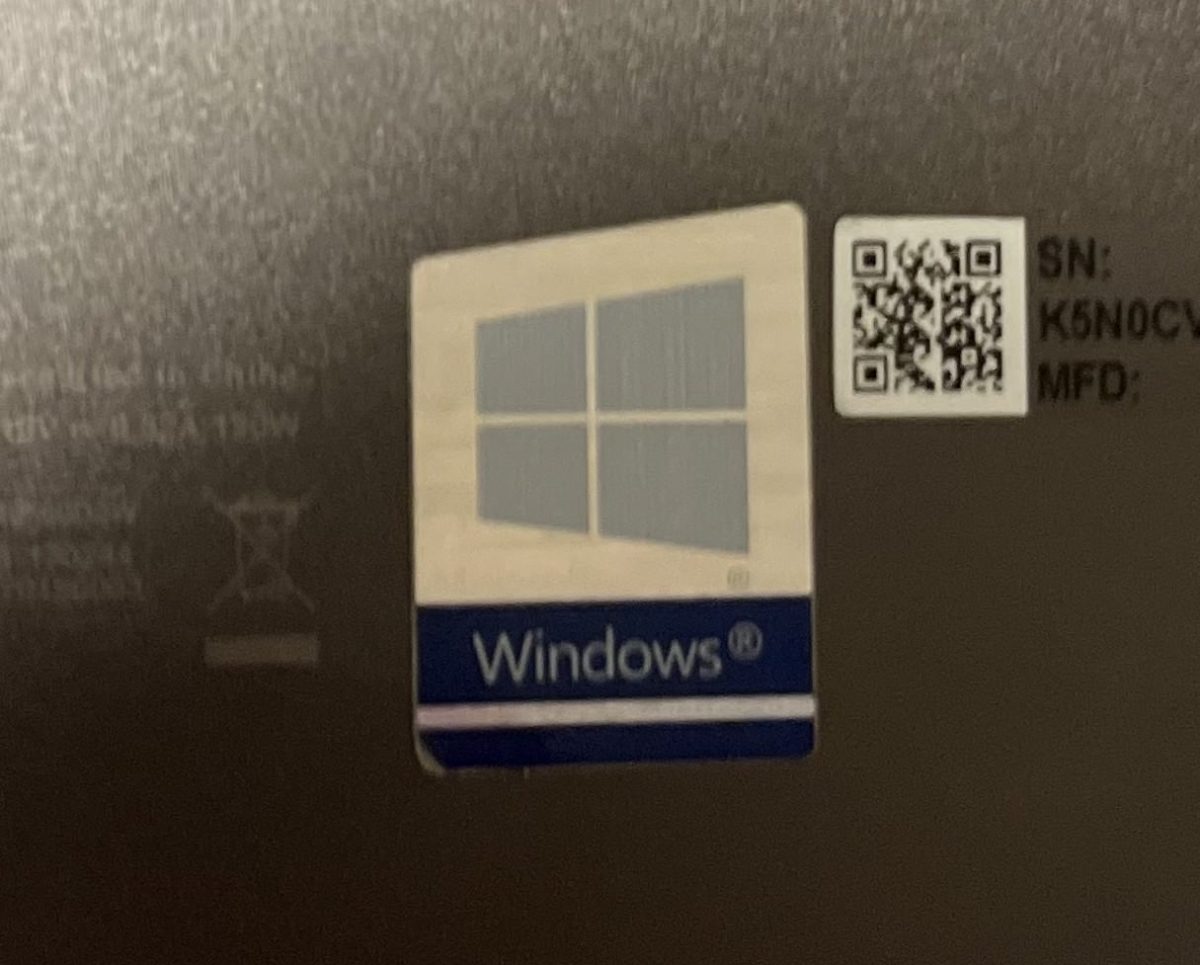In a world where people constantly search for the latest updates in an effort to be the first to know anything, there exists a serious issue with our ability to tell lies from truths. It all stems from what we read, where we read it, and when we read it.
Fake news has recently become an alarming topic due to the election and the many news stories which were made to influence liberals and conservatives. These articles, though fake, ultimately changed the election. Fake news has been around since the 1970s, but now, as people can make money off this disinformation, it is becoming increasingly popular. By writing a story that is either completely or partially fabricated, publications generate revenue on their sites. These stories spread like wildfire because they appeal to the political or societal climate and, often, people will believe them without really checking sources.
During the 2016 presidential election season, many Russian ads on Facebook looked like news articles, fooling the undiscerning. In reality, these “articles” were sponsored by Russia. This led to questioning and unease during the election, as many people on Facebook believed the lies and could not tell the difference between an ad and a real news story. According to the Washington post, Mark Zuckerberg, founder of Facebook, admits that “Facebook had indeed been manipulated and that the company would now turn over to Congress more than 3,000 politically themed advertisements that were bought by suspected Russian operatives.”
Facebook is not the only site where disinformation can be seen, but it is just one of the most prominent. Many different types of fake news are seen on these other sites, with fake science being one of the most popular and easily spread, as people don’t look into sources or research.
There are many ways one can be alert and aware of these phony articles, but it is difficult even for adults in the journalism field. In a game that determines how well someone can tell fake news apart, even major news networks were fooled. Research has been conducted on students and their ability to spot lies, and this research has shown how hard it is to tell truths and lies apart.
According to Stanford’s Graduate School of Education researchers, “more than 80 percent of middle schoolers believed that ‘sponsored content’ was a real news story.” Often, advertisements are made to look like news articles, making it this much harder to tell the difference.
“What we see is a rash of fake news going on that people pass on without thinking,” Sam Wineburg, a professor at Stanford University and leader of the research, said. “And we really can’t blame young people because we’ve never taught them to do otherwise.”
In order to figure out whether or not a story is reliable, there are a couple possible steps. Checking to see if a company is sponsoring an article is the first step. Then, look at the URL and the source to make sure they are reliable, meaning it has no bias and is backed with credentials. Often times sites have very similar URLs, but they end up being completely different types of sites, one reliable and one not. Another option is to check the quotes within the article and the sources they came from. Doing a reverse image search on any images in the article can tell where the picture came from and the types of articles in which it has been used in the past.
In order to test their ability to discern fake from real news, many games have been created. One game to try is http://factitious.augamestudio.com/#/. A pool of PV students played it and got a wide variety of scores. The scores ranged from 30% ability to spot fake news to 70% These scores once again show the need to know how to spot fake news.
It has become an important life skill to have as social media is becoming increasingly popular and increasingly saturated with fake news.

















Kirsten Hillyer • Oct 26, 2017 at 9:58 am
Everything was very well organized and super detailed. The story was easy to follow and kept my interest.